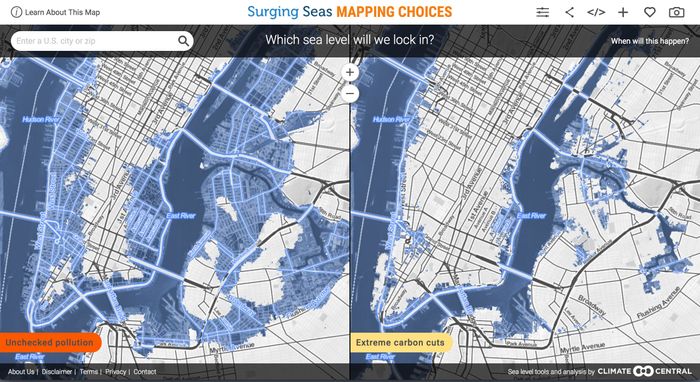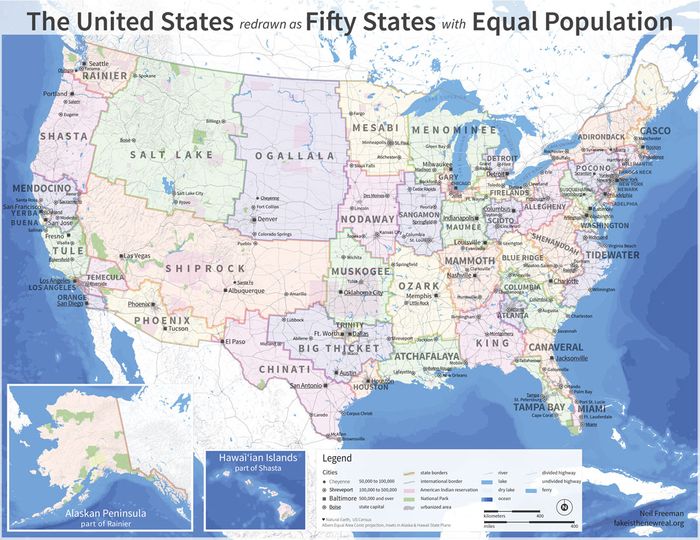I’ve been working with online maps since before the first Google Maps API was released, and I haven’t seen anything quite like this before. Kudos to Mapzen and Peter Richardson.

Web Mercator has been the default projection for the web since Google Maps first popularized it in 2005.
Though it is ubiquitous online (and historically useful to navigators), Mercator doesn’t get much love from the modern cartographer. And in general, Mercators are unsuited for cases when you want to compare the size or shape of anything that isn’t near the equator. So while Web Mercator is useful, we’ve been using Tangram to explore other options.
Tangram draws maps in real-time in your web browser, using a hotline to your graphics card called OpenGL.


